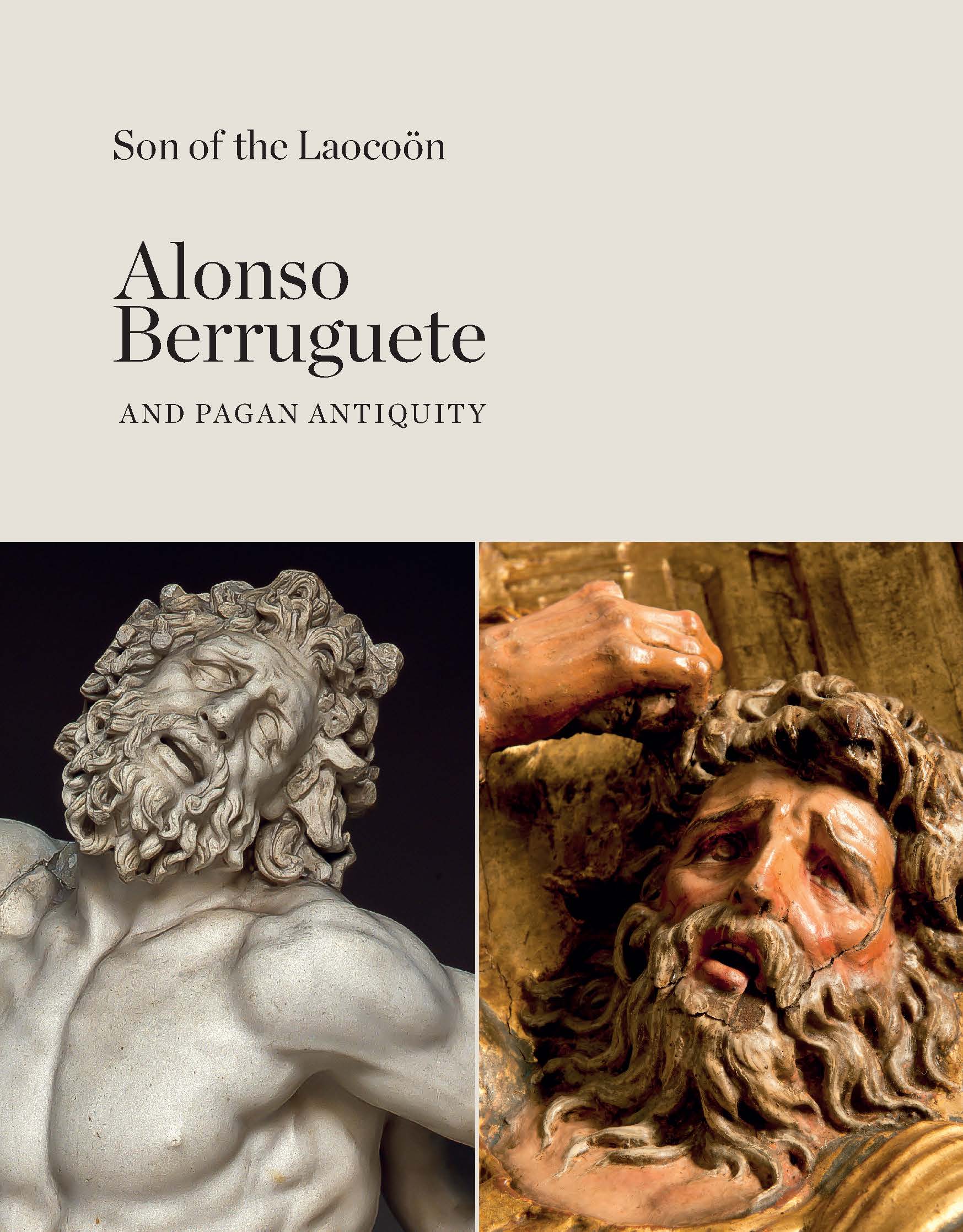Author
Manuel Arias Martínez (ed.)
Characteristics
224 pages; 170 b/w and color illustrations; hardcover; 28,5 x 23,5 cm
Publication
English; jointly published by the CEEH and the Ministerio de Cultura y Deporte with the collaboration of the CSA; 2018
ISBN
978-84-15245-80-3
Price
€24,04
Buy on our site and save 5% on this book until April 30
(coupon code: DÍA DEL LIBRO)
Alonso Berruguete (c. 1489–1561), the first Spanish Renaissance sculptor, spent a fruitful stint in Italy, where he came into contact with Michelangelo, Raphael, and Bramante and was influenced by their enthusiasm for ancient ideals and their attitude to art. Sarcophaguses, ruins and statues fired his imagination, especially the Laocoön: its theatrical pathos, anatomical virtuosity, and bodies dancing in space left an indelible mark on his oeuvre.
Upon his return to Castile he felt himself to be a Renaissance man, a “new” artist willing to defy the old authorities and defend his ingenium. Drawing on this heritage, he produced works steeped in emotion and visual vehemence that reveal an obsessive preference for the sombre and “nocturnal” brand of Renaissance art: Dionysian as opposed to Apollonian brand, characterised by tormented and exaggerated gestures, expressive frenzy and the terribilità suffered by “Laocoön’s sons.” For Berruguete’s pulsating modernity stems from his anticlassical classicism, the importance he attaches to freedom of rhythm and anguish, and an extreme subjectivity that combines the force of the ancient with the freshness of the modern.
The first section of the catalogue examines contextual issues, such as the approach to Antiquity found in sixteenth-century Italian art; archaeological scholarship and the development of sculpture in the Rome Berruguete experienced; the collecting of antiquities in Renaissance Spain; and the state of knowledge of the classical world in 1500s Spain. The second section focuses on the mark left by Laocoön on Berruguete’s sculpture, the influence of sarcophaguses in his representations of the Passion, his repertoire of gestures and expressive devices borrowed from Antiquity, and his aspect as an architect and status of modern creator whose idea of art is based on the primacy of drawing.
Manuel Arias Martínez, head of Collections and deputy director of the Museo Nacional de Escultura, specialises in the Spanish Renaissance, particularly Alonso Berruguete, Juan de Juni, and Gaspar Becerra, the subject of his doctoral thesis. His publications include El marquesado de Astorga: arquitectura, coleccionismo y patronato (2005) and Alonso Berruguete. Prometeo de la escultura (2011).

